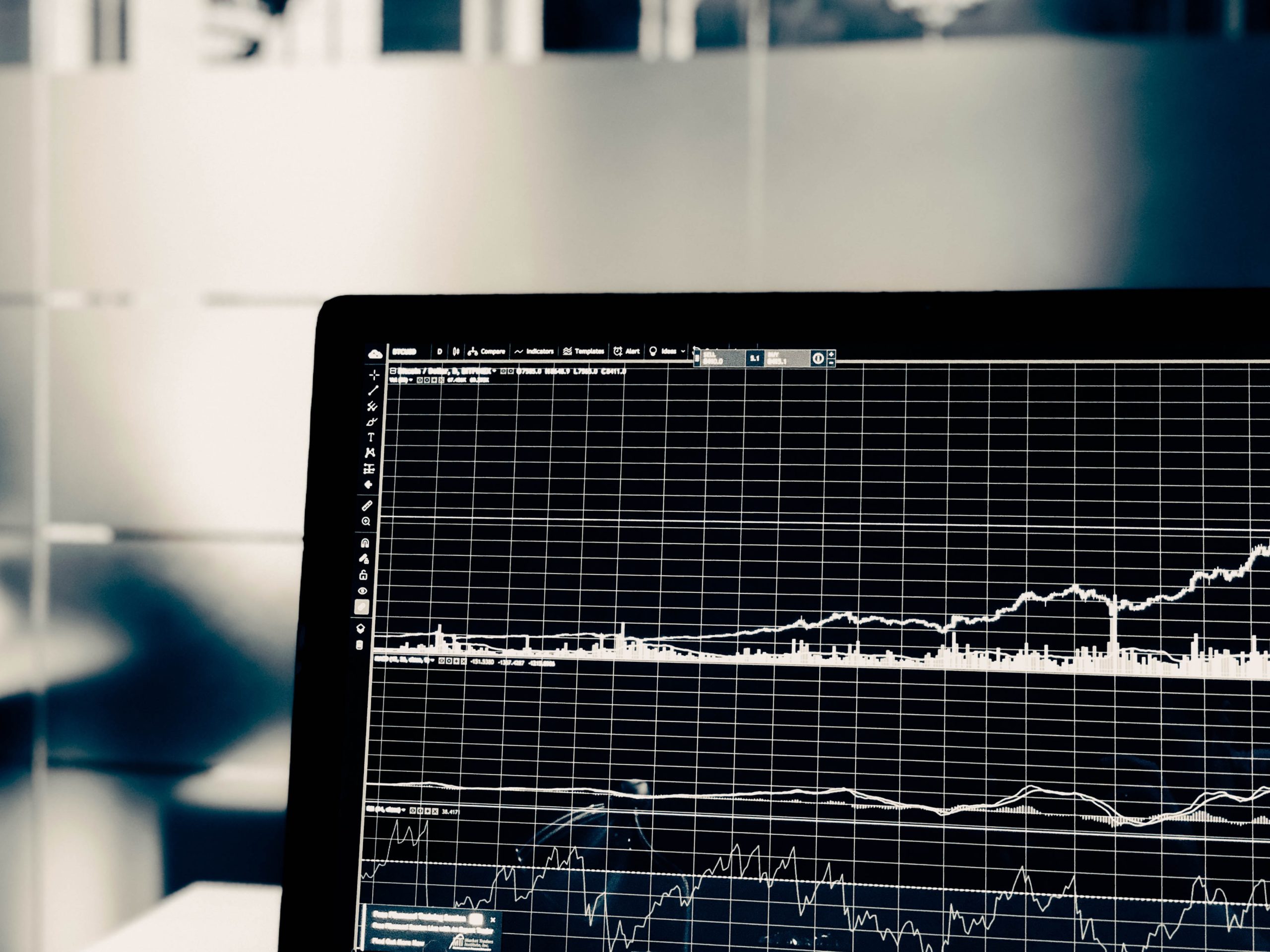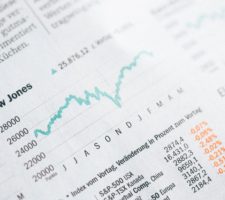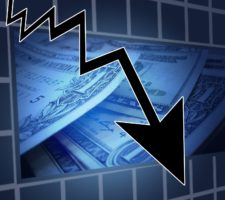Learning forex trading is not as simple as you need to muster various concepts that will be used to create an effective trading strategy. One of the essential concepts that you should understand is divergence, as it helps you to make a near-accurate trading decision based on various indicators. Today, we are going to break down the difference between hidden and regular divergence and allow you to use them in your next trading strategy for better profits.
What Is Trading Divergence?

Divergence is an essential concept in technical analysis that shows when the price is moving in the opposite direction of a technical indicator.
It hints that either a trend is continuing or reversing, and it is often used as an indicator since it comes before price action. It appears on the chart when the price you are using makes a higher high while the indicator you have makes a lower high.
It happens since a technical indicator is not in sync with the market price; for instance when the price you are using makes a higher high. Still, the indicator you have makes a low high; then, it entails that a change of direction is probably about to happen.
This way, traders can use the insight from a divergence pattern to enter a trade or exit it before they find themselves in a losing position. However, the price must have satisfied either of the following conditions for a divergence to happen.
They include:
- Higher high than the previous high
- Lower low than the previous low
- Double top
- Double bottom
Note that if any of the mentioned conditions do not exist in your chart, then there is no divergence.
The two main types of divergence are regular and hidden divergence. Each type will either have a bullish bias or a bearish bias.
Understanding Regular Divergence
This is a useful confirmation of waning market momentum that precedes a directional shift in the market that happens with regular divergence is seen between the indicator and price action. It is crucial for traders as it can be a primary indicator when they need to assess possible future trend reversals in markets that are trending, but there is no surety about the strength.
The absence of divergence is a confirmation of a trend. However, divergence can either have a bullish or bearish effect on the exchange rate, depending on the type of price action.
What is the Difference Between Bullish and Bearish Divergences?
A bullish divergence occurs when the price drops fall to lower lows as the indicators attain higher lows. To put this to perspective, it shows that the market momentum might be increasing in strength and that the price could quickly move upwards to level up with the indicators.
After this divergence, you will most likely see a quick increase in the price.
A bearish divergence happens when the price gets to higher highs, while the indicators make lower highs. While there is a bullish attitude in the market, it is an indication that the momentum is slowly declining.
This way, there is an increased probability that the price is about to drop rapidly.
Understanding Hidden Divergence
This signal is not commonly used compared to regular divergence. It happens when the technical indicator points to a new extreme, but the price action does not agree with that.
Since regular divergence mostly indicates a negation of the current trend, hidden divergence often shows some continuation that allows you to leverage the opportunity of a pullback in a pattern. This means traders can now decide to get into the market following the direction of the trend to gain from its continuity.
Just as it was with regular divergence, hidden divergence can also be bullish or bearish. It all depends on the direction of the current trend, but it usually signals a continuation of the same.
For bullish hidden divergence, the pattern will keep on going upwards, and for a bearish signal, the current trend is going downward.
Essential Tips for Trading Divergence
While divergence can give you some essential insight into your trading decisions, you need to exercise caution and understand a few things about it before incorporating it into your strategy.
Use divergence as an indicator and not as a signal to enter a trade.
If you have never used it before, ensure that you conduct research and find out more about it before you start using it.
Do not be quick to jump to trades as a result of a divergence. Wait for the correct signals formed by a divergence before acting.
It is common to spot false divergences and use them for your trades, and these will only lead to major losses.
Divergences are used with other signals and metrics such as stochastic, RSI, and Awesome Oscillator, among others. You will need to understand some of these before you can confidently leverage the power of divergence for your trades.
Bottomline – The Difference Between Hidden and Regular Divergence
When dealing with divergence, it is vital to remain patient and actually confirm that the trend is taking the direction anticipated before trading. In most cases, people who enter into a trade too early end up losing at the end of it all.
One important rule when using divergence is to wait for a crossover of the momentum indicator. This would show a possible shift in momentum from buying to selling or vice versa.
Once this crossover happens, you will be assured that the trend is surely strong and can use this to guide your next trade.


